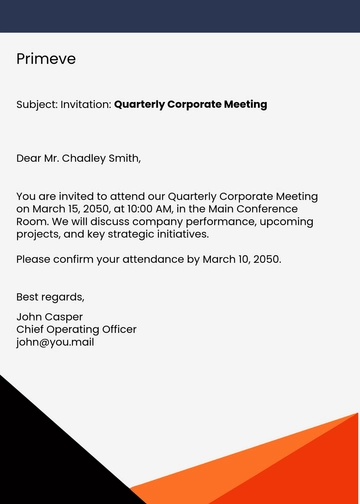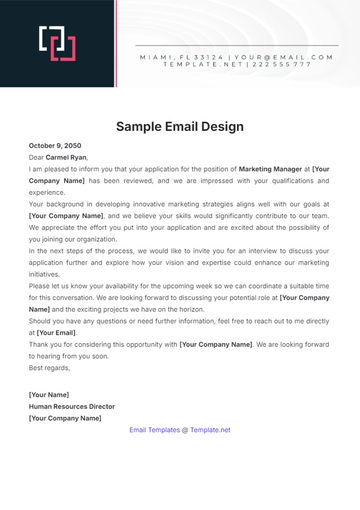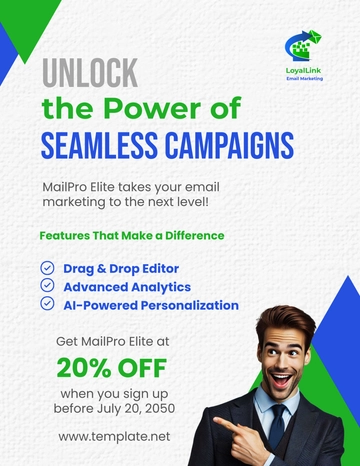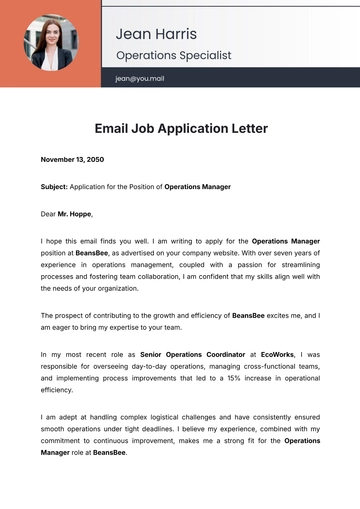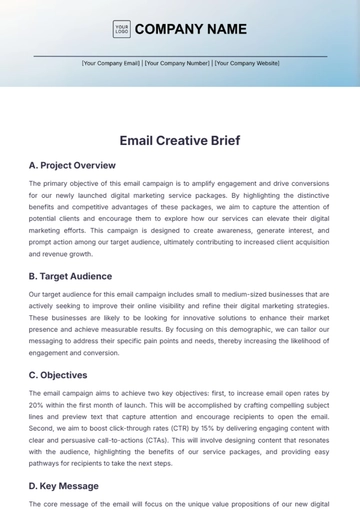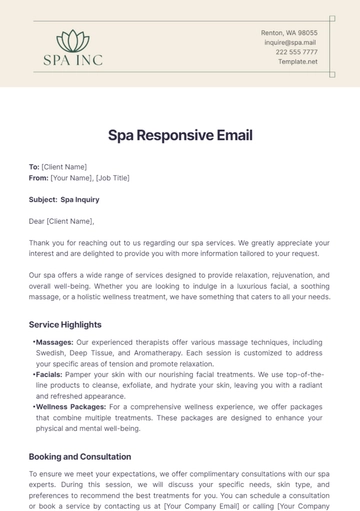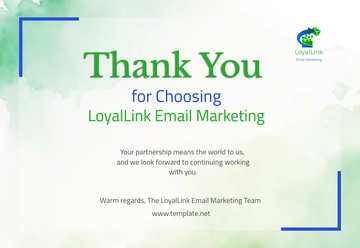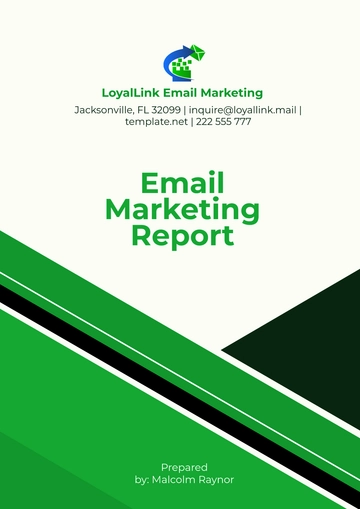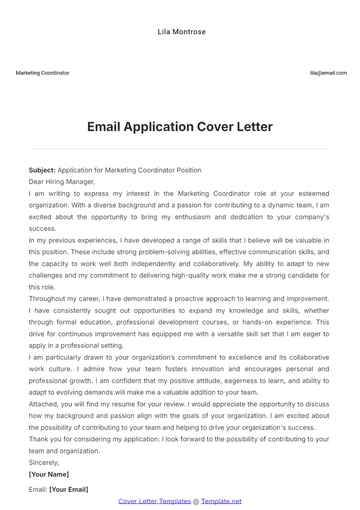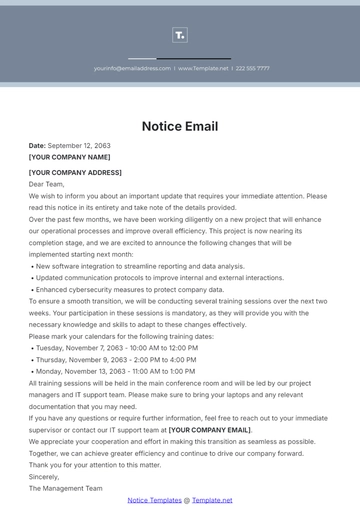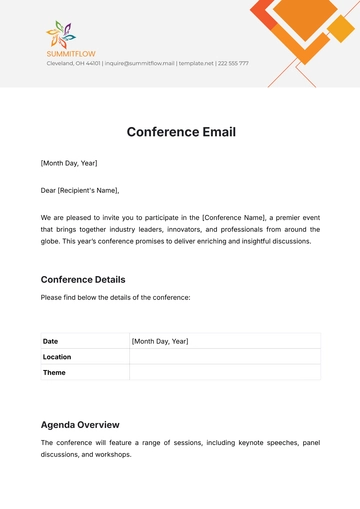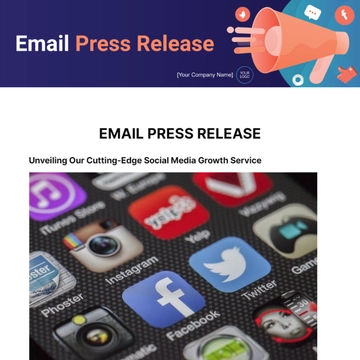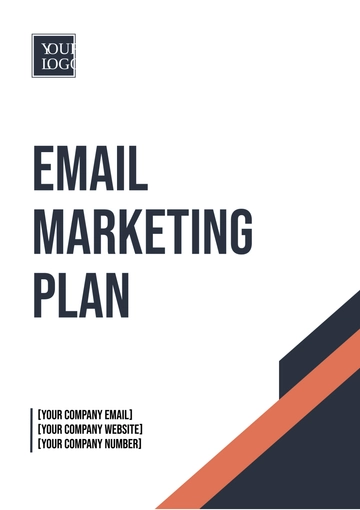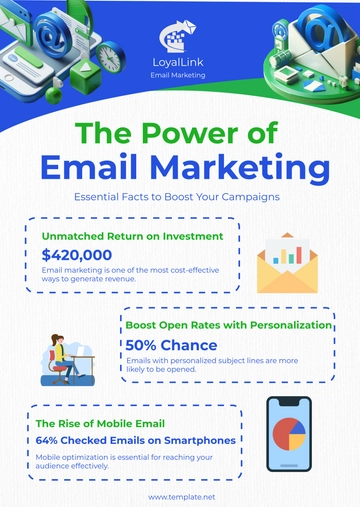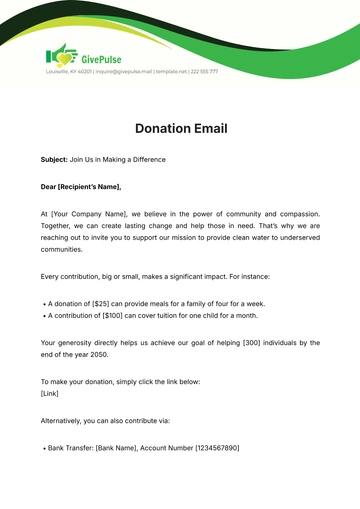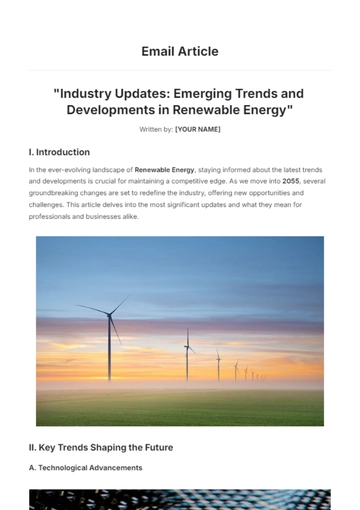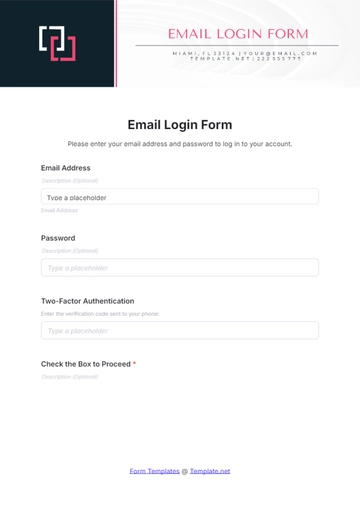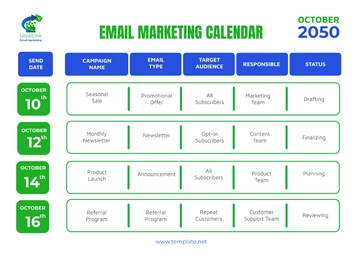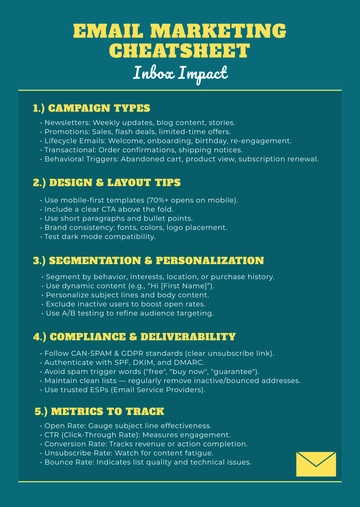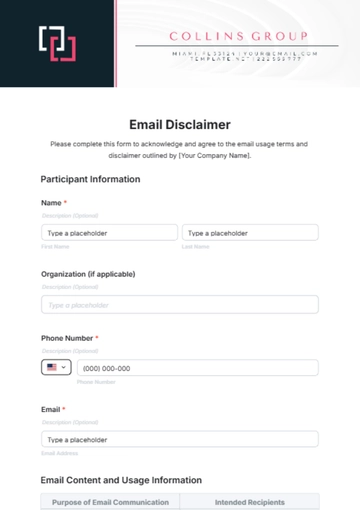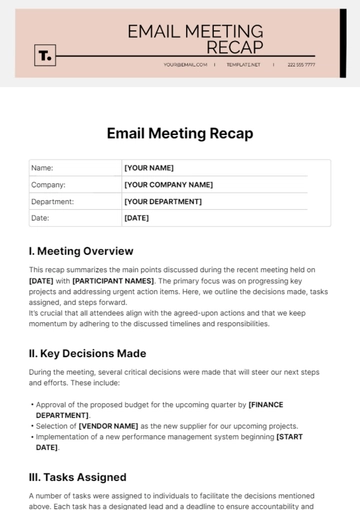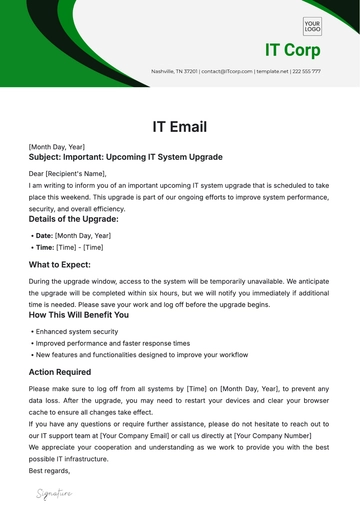Free Email Marketing Brief
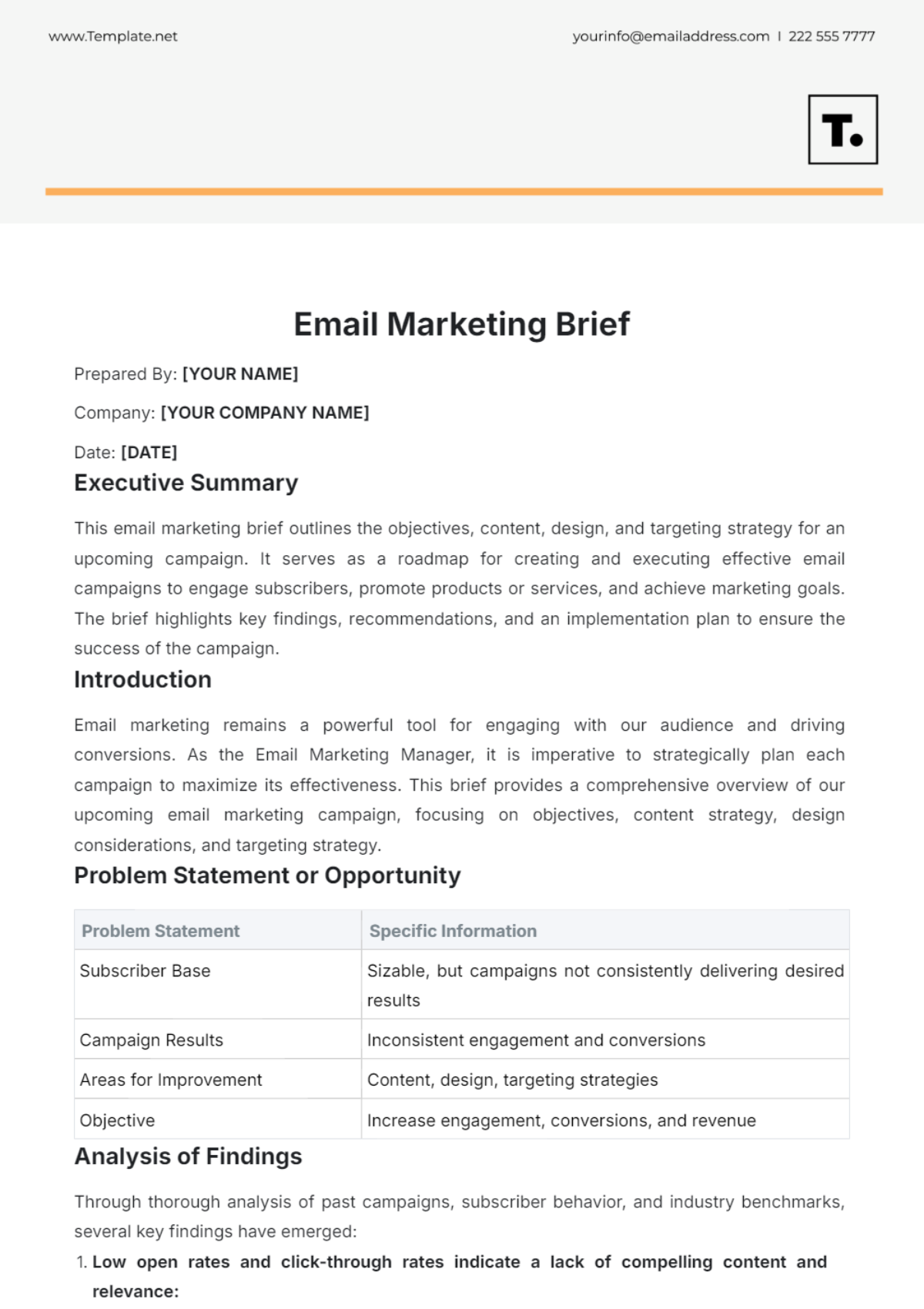
Prepared By: [YOUR NAME]
Company: [YOUR COMPANY NAME]
Date: [DATE]
Executive Summary
This email marketing brief outlines the objectives, content, design, and targeting strategy for an upcoming campaign. It serves as a roadmap for creating and executing effective email campaigns to engage subscribers, promote products or services, and achieve marketing goals. The brief highlights key findings, recommendations, and an implementation plan to ensure the success of the campaign.
Introduction
Email marketing remains a powerful tool for engaging with our audience and driving conversions. As the Email Marketing Manager, it is imperative to strategically plan each campaign to maximize its effectiveness. This brief provides a comprehensive overview of our upcoming email marketing campaign, focusing on objectives, content strategy, design considerations, and targeting strategy.
Problem Statement or Opportunity
Problem Statement | Specific Information |
|---|---|
Subscriber Base | Sizable, but campaigns not consistently delivering desired results |
Campaign Results | Inconsistent engagement and conversions |
Areas for Improvement | Content, design, targeting strategies |
Objective | Increase engagement, conversions, and revenue |
Analysis of Findings
Through thorough analysis of past campaigns, subscriber behavior, and industry benchmarks, several key findings have emerged:
Low open rates and click-through rates indicate a lack of compelling content and relevance:
This finding suggests that the content of our past email campaigns may not have resonated well with our subscribers. The lack of compelling subject lines, valuable offers, or relevant information might have led to decreased interest from our audience, resulting in lower open and click-through rates.
Inconsistent design and branding across campaigns may contribute to reduced engagement:
This finding highlights that our email campaigns may lack a cohesive visual identity and brand consistency. Inconsistent design elements such as varying colors, fonts, and imagery could confuse or disengage subscribers, leading to reduced engagement with our emails.
Suboptimal segmentation and targeting result in irrelevant content being sent to subscribers:
Our analysis indicates that our segmentation and targeting strategies may not effectively cater to the diverse interests and preferences of our subscriber base. Sending generic or irrelevant content to subscribers who may not find it useful can lead to decreased engagement and an increased likelihood of unsubscribing.
Competition within the inbox requires us to stand out with unique and attention-grabbing content:
This finding underscores the competitive nature of the email inbox, where subscribers are inundated with numerous messages from various senders. To capture the attention of our audience and prevent our emails from being overlooked or deleted, we need to create unique and attention-grabbing content that stands out amidst the clutter.
Recommendations
Based on the analysis, the following recommendations are proposed to enhance the effectiveness of our email marketing campaigns:
Personalized Content: Tailor content to different subscriber segments for better engagement.
Mobile Optimization: Ensure emails are mobile-friendly and consistent with brand guidelines.
Advanced Segmentation: Use advanced techniques to target content based on subscriber preferences.
Experimentation: Test subject lines, CTAs, and content formats to boost open and click-through rates.
A/B Testing: Continuously refine campaign elements to improve overall performance.
Implementation Plan
The implementation plan will be executed in the following phases:
Content Strategy: Develop engaging and relevant content for different segments.
Design Enhancement: Optimize email templates for mobile responsiveness and brand consistency.
Segmentation Refinement: Implement advanced segmentation techniques based on subscriber data.
Campaign Execution: Launch targeted email campaigns with A/B testing.
Performance Monitoring: Track key metrics to evaluate campaign effectiveness and make adjustments as needed.
Conclusion
Effective email marketing requires a strategic approach encompassing content, design, and targeting strategies. By implementing the recommendations outlined in this brief, we aim to improve engagement, conversions, and overall campaign performance.
- 100% Customizable, free editor
- Access 1 Million+ Templates, photo’s & graphics
- Download or share as a template
- Click and replace photos, graphics, text, backgrounds
- Resize, crop, AI write & more
- Access advanced editor
Introducing the Email Marketing Brief Template by Template.net, your key to crafting impactful campaigns. Fully editable and customizable, this template allows seamless adaptation to your brand's unique voice and objectives. Integrated with our Ai Editor Tool, ensuring precision editing for flawless execution. Simplify your email marketing strategy and achieve maximum engagement with this essential resource.
